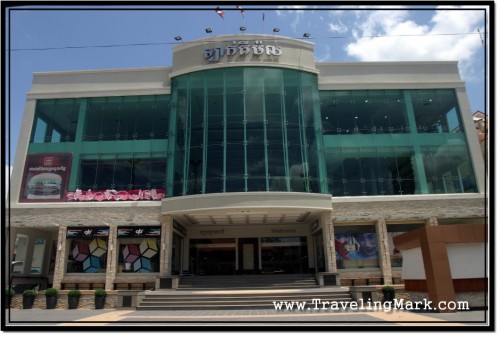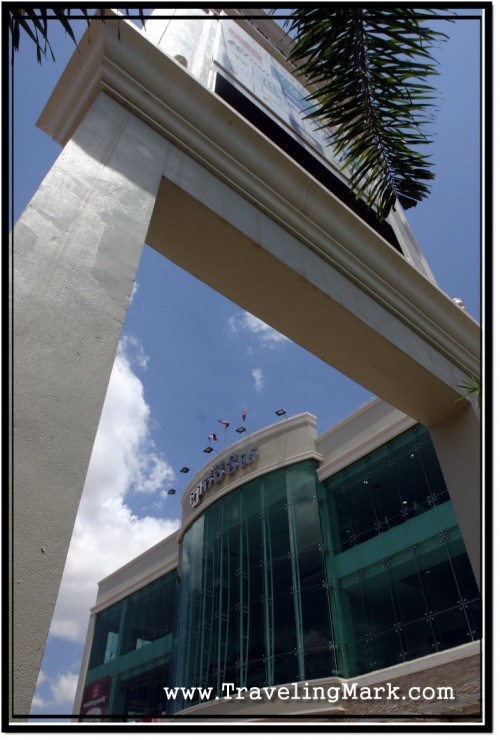When I first saw the Flying Foxes of Cambodia, I was overwhelmed by their size and strength in numbers. Being bats, they sleep during the day but as it starts getting dark in Siem Reap, they all wake up and need to feed. With thousands of them living in the trees of Royal Independence Gardens, I could only imagine what kind of a blood bath it must be when they all get munchies. Afterall, that’s what bats feed on, right – blood. At least that’s what bats are known for? But if these Cambodian Flying Foxes feed on blood of living creatures, there must be a major carnage happening somewhere each night. There are thousands of them in those trees and they are huge. Or could it be that they don’t feed on blood? But if not, then what do flying foxes eat?
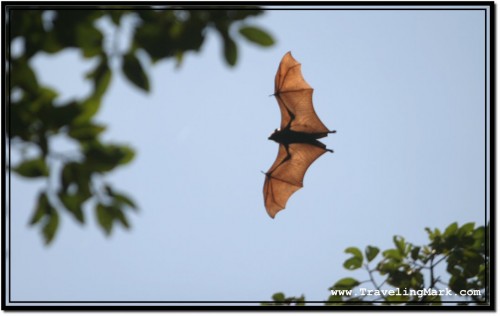
I first wondered about what Flying Foxes ate when I strolled through the Royal Independence Gardens with Ha. I was on a mission to take some pictures of them flying during daytime hours and as I kept being focused on how many of them there are, I couldn’t help but search for signs of blood bath these presumed blood suckers cause in the neighborhood every night. And I really didn’t have to go far to stumble across dozens of dead birds scattered across the greens of the gardens.
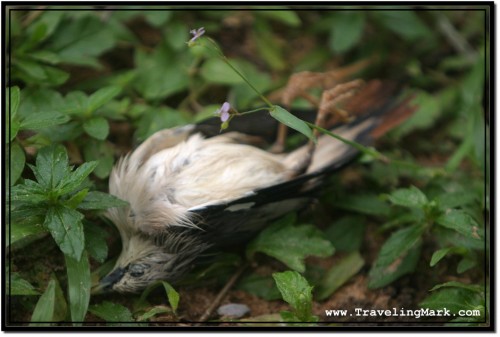
From the beginning, I was pretty darn sure that all those dead birds were the work of flying foxes but when I noticed the sales of live birds taking place behind the Preah Ang Chek Preah Ang Chorm Shrine and saw what happens to those birds after release, I have quickly ditched my initial guess. No, those dead birds in the garden were not the doing of Fruit Bats, those died because of selfish human behavior.
In my continuous search for answers to the “What Do Flying Foxes Eat?” question, I realized that perhaps there is a reason why Flying Foxes are also known as Fruit Bats. Could the word “Fruit” just before “Bats” signify what these flying foxes eat? It sure could and it does. Flying Foxes don’t feed on blood of living creatures. Flying Foxes eat fruit, hence the name “Fruit Bats”. Jungles of South East Asia are full of mango trees, banana trees, guava trees or papaya trees. Fruits from these trees are a staple of their diet.
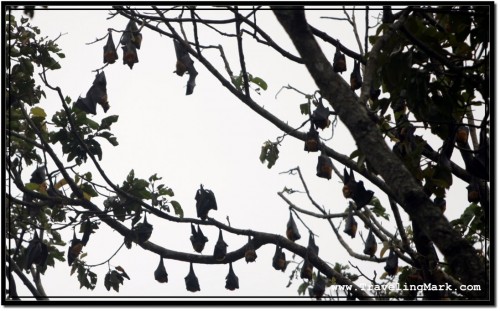
When night falls on Siem Reap and you look up, you will see swarms of Flying Foxes filling up the sky as they are migrating towards their feasting grounds. There are endless clouds of them flying against the darkening sky. Now I understad that this is their daily (or should I say nightly?) rite. They don’t sleep where they eat. They prefer to fly the distance to munch on fresh fruit and then fly the same distance back to spend the day sleeping atop the trees of downtown Siem Reap. They don’t care about insects, birds or other living creatures. That’s perhaps the reason why none of the locals heed them in any way. Despite their intimidating size, they are harmless to humans. They are harmless to all living things. The only people who don’t like Flying Foxes are farmers who are not amazed when their fruit gets eaten overnight. And because of their size, one flying fox can down several fruits in one sitting. But it’s the numbers of bats in each colony that makes them a nightmare for farmers. It doesn’t matter how many fruit trees you have, if it gets marked as feeding grounds by a colony of flying foxes, you could find your trees stripped of all fruit overnight.
